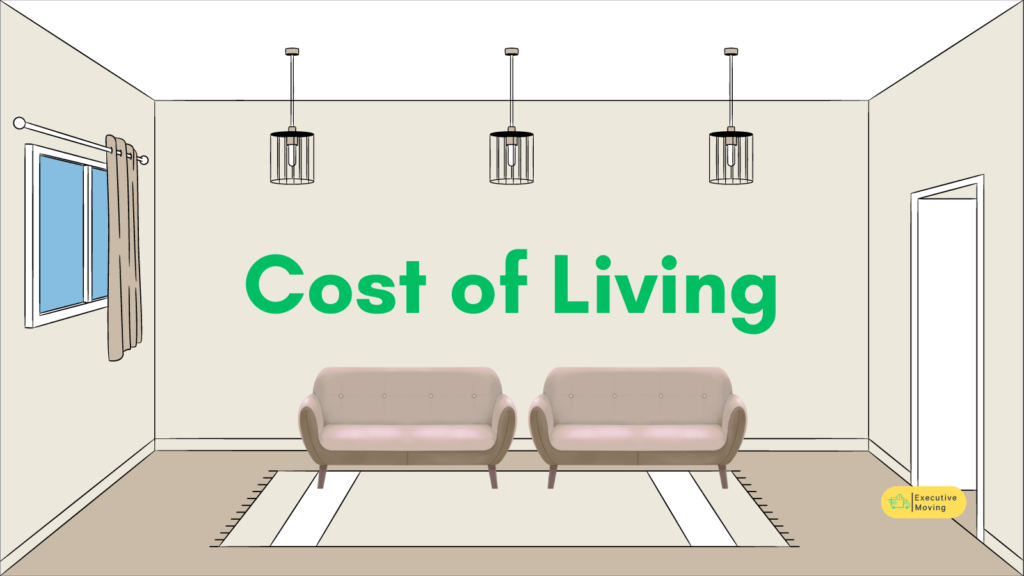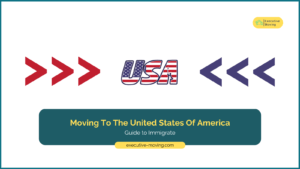
Can My Employer Force Me to Relocate in Canada?
Can My Employer Force Me to Relocate in Canada? Can My Employer Force Me To Relocate in Canada? Yes, if your employer has contractual rights. The answer is negative if your employer didn’t mention any mobility clause in your contract. There are other ways your employer can approach you to










